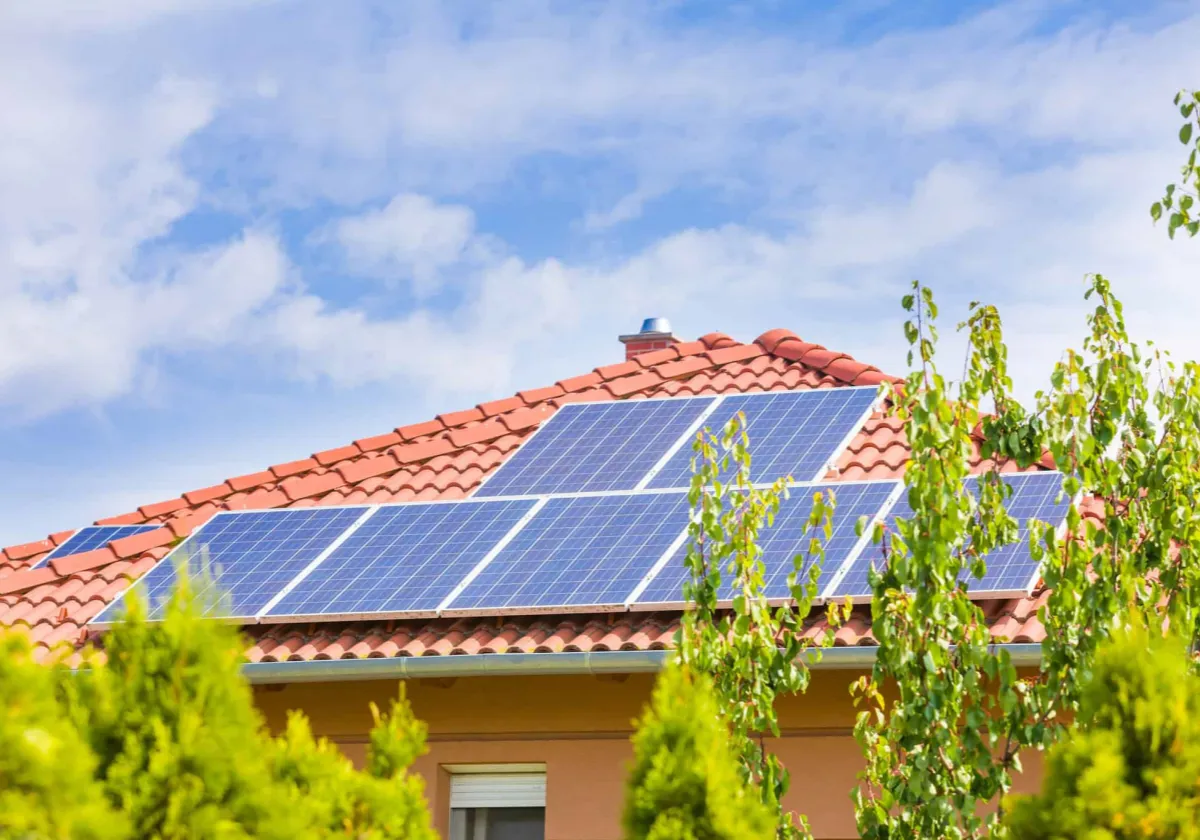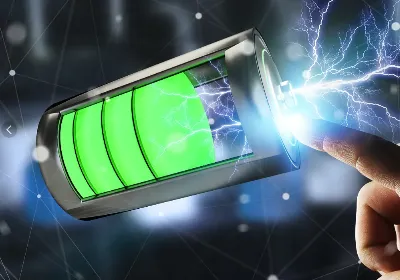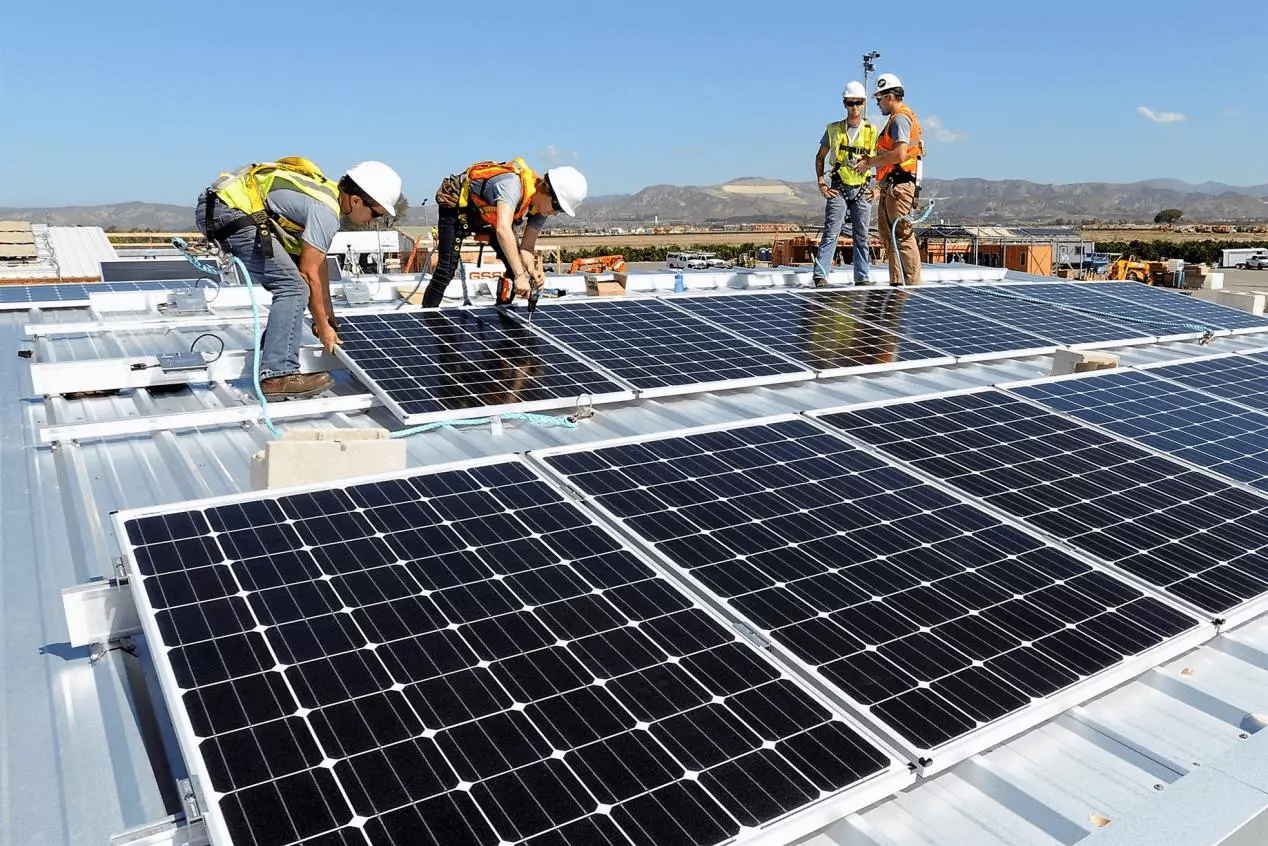Trend Analysis of Large-Scale Energy Storage Power Station Integration Technology
Trend Analysis of Large-Scale Energy Storage Power Station Integration Technology
The electrochemical energy storage system consists of two parts, the DC side and the AC side. The DC side is the battery warehouse, including batteries, temperature control, fire protection, confluence cabinets, containers and other equipment, and the AC side is the electrical warehouse, including energy storage converters, transformers, containers, etc. The electric energy interaction between the energy storage system and the grid is realized through the AC-DC conversion of the PCS converter.
1. Classification of energy storage systems
According to the electrical structure, large-scale energy storage systems can be divided into:
(1) Centralized: Low-voltage, high-power boost-type centralized grid-connected energy storage system. Multiple clusters of batteries are connected in parallel and then connected to PCS. PCS pursues high power and high efficiency. Currently, the 1500V solution is being promoted.
(2) Distributed: low-voltage and low-power distributed boost grid-connected energy storage system, each cluster of batteries is connected to a PCS unit, and the PCS adopts a low-power, distributed arrangement.
(3) Intelligent string type: Based on the distributed energy storage system architecture, innovative technologies such as battery module level energy optimization, battery single cluster energy control, digital intelligent management, and full modular design are adopted to achieve more efficient application of energy storage systems .
(4) High-voltage cascaded high-power energy storage system: single-cluster battery inverter, directly connected to the power grid with a voltage level above 6/10/35kv without a transformer. The capacity of a single unit can reach 5MW/10MWh.
(5) Distributed type: Multiple branches on the DC side are connected in parallel, a DC/DC converter is added at the battery cluster outlet to isolate the battery cluster, and the DC/DC converters are connected to the centralized PCS DC side after collection.
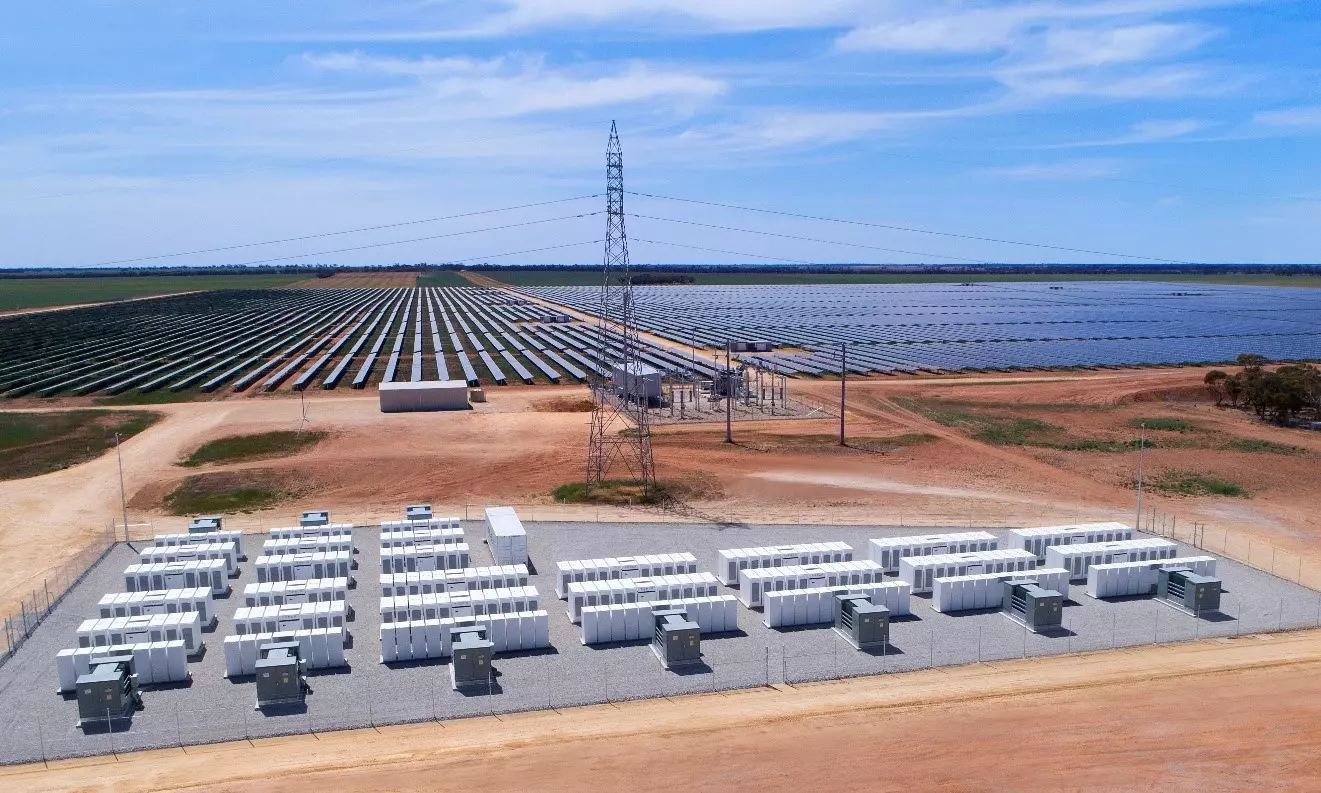
2. Iteration of energy storage technology route revolves around safety, cost and efficiency
Safety, cost, and efficiency are the key issues that need to be addressed in the development of energy storage. The core of the iteration of energy storage technology is to improve safety, reduce cost, and improve efficiency.
(1) Security
The safety of energy storage power stations is the most concerned issue in the industry. Potential potential safety hazards of electrochemical energy storage power stations include fires caused by electricity, fires caused by batteries, hydrogen explosions in case of fire, system abnormalities, etc. Tracing the cause of the safety problem of the energy storage power station can usually be attributed to the thermal runaway of the battery. The causes of thermal runaway include mechanical abuse, electrical abuse, and thermal abuse. In order to avoid safety problems, it is necessary to strictly monitor the battery status to avoid the occurrence of thermal runaway incentives.
(2) High efficiency
Cell consistency is a key factor affecting system efficiency. The consistency of the battery depends on the quality of the battery, the energy storage technology solution, and the working environment of the battery. As the number of battery cycles increases, the differences between the batteries are gradually reflected. The differences in the actual working environment during the superimposed operation will lead to aggravated differences between multiple batteries, and the consistency problem is prominent, which poses challenges to BMS management and even faces challenges. Security Risk. In the design and operation scheme of the energy storage power station, the consistency of the battery should be improved as much as possible to improve the system efficiency.
(3) Low cost
The cost of an energy storage system is related to initial investment and cycle life. The aging and decline of battery materials, charge and discharge system, battery operating temperature, and consistency of monomers will all affect the cycle life of the battery. When the battery temperature difference in the container is greater than 10 degrees, the battery life will be shortened by more than 15%. Differences in temperature rise between modules can also lead to a shortened overall system life. The energy storage system should improve the cycle life of the system by optimizing the charging and discharging method, reducing the temperature difference between the systems, and improving the consistency of the battery.
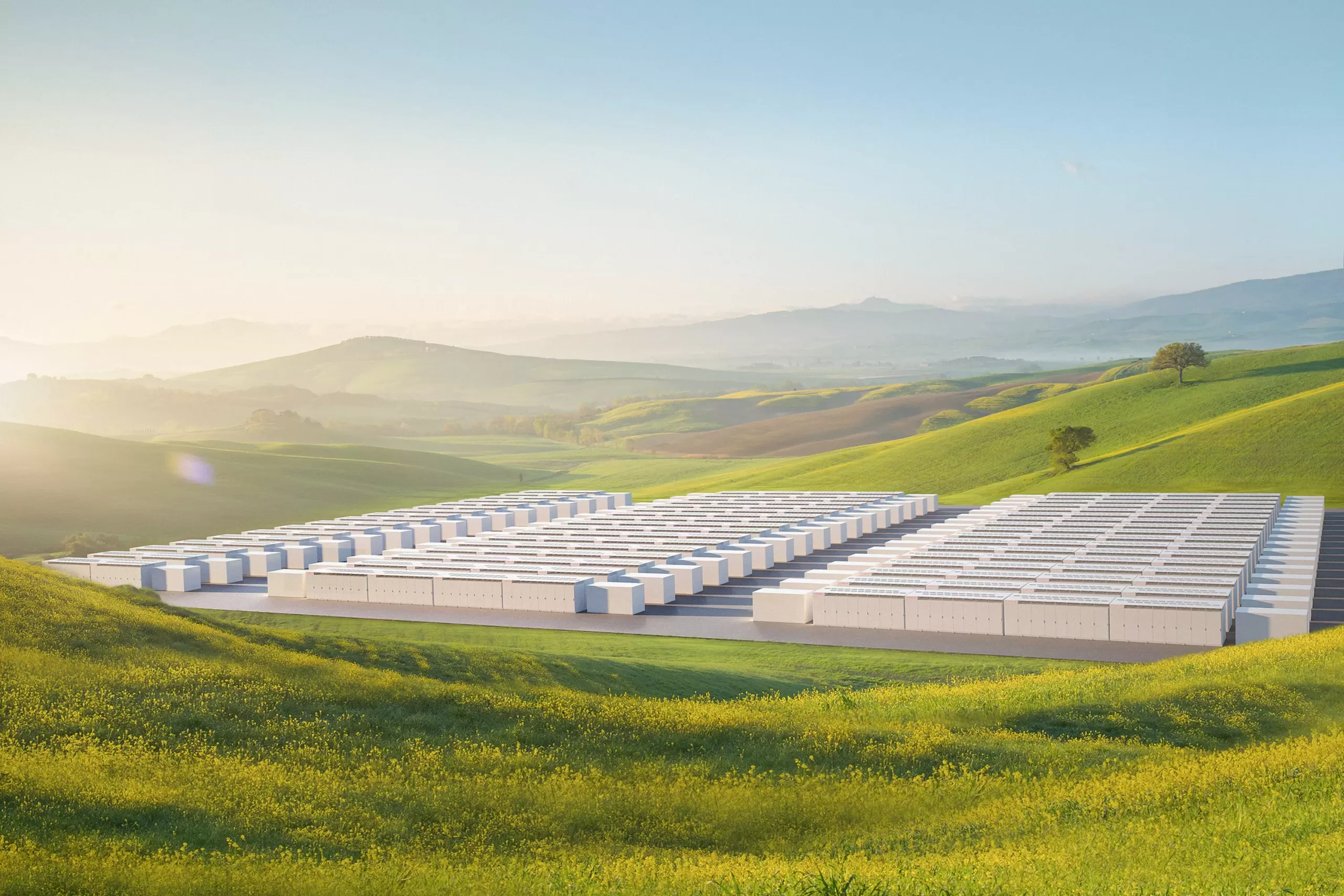
3. Energy storage integration technology route: topology schemes are gradually iterated
(1) Centralized solution: 1500V instead of 1000V has become a trend
With the development of centralized wind power plants and energy storage to larger capacity, DC high voltage has become the main technical solution to reduce costs and increase efficiency, and the energy storage system with DC side voltage increased to 1500V has gradually become a trend. Compared with the traditional 1000V system, the 1500V system increases the withstand voltage of cables, BMS hardware modules, PCS and other components from no more than 1000V to no more than 1500V. The 1500V technical solution of the energy storage system comes from the photovoltaic system. According to CPIA statistics, in 2021, the market share of the domestic photovoltaic system with a DC voltage level of 1500V is about 49.4%, and it is expected to gradually increase to nearly 80% in the future. The 1500V energy storage system will help improve the compatibility with the photovoltaic system.
The performance of the 1500V energy storage system solution is also improved compared with the 1000V solution. Taking Sungrow’s solution as an example, compared with the 1000V system, the energy density and power density of the battery system have increased by more than 35%. The same capacity power station requires less equipment, and the cost of battery system, PCS, BMS, cables and other equipment is greatly reduced. , infrastructure and land investment costs are also reduced simultaneously. According to estimates, compared with the traditional solution, the initial investment cost of the 1500V energy storage system is reduced by more than 10%. But at the same time, after the voltage of the 1500V energy storage system rises, the number of batteries connected in series increases, making its consistency control more difficult, and the requirements for DC arc risk prevention and protection and electrical insulation design are also higher.
(2) Distributed solution: high efficiency and mature solution
The distributed solution is also called multi-branch parallel connection on the AC side. Compared with the centralized technical solution, the distributed solution converts the parallel connection of the DC side of the battery cluster to the parallel connection of the AC side through the distributed string inverter, which avoids the risks of parallel circulation, capacity loss, and DC arcing caused by the parallel connection of the DC side, and improves operation. Safety. At the same time, the control accuracy is changed from multiple battery clusters to a single battery cluster, and the control efficiency is higher.
Shandong Huaneng Huangtai Energy Storage Power Station is the world’s first 100-megawatt energy storage power station with decentralized control. The Huangtai energy storage power station uses CATL batteries + Sineng Electric’s PCS system. According to estimates, after the energy storage power station is put into operation, the battery capacity utilization rate of the whole station can reach about 92%, which is 7 percentage points higher than the current industry average. In addition, through the decentralized control of battery clusters, the automatic calibration of the battery state of charge (SOC) can be realized, which significantly reduces the workload of operation and maintenance. The grid-connected test efficiency is up to 87.8%. Judging from the current project quotations, the decentralized system is not more expensive than the centralized system.
(3) Intelligent cluster solution: one package, one optimization, one cluster, one management
The smart string solution proposed by Huawei solves three main problems in the centralized solution: (1) Capacity attenuation. In the traditional solution, the use of batteries has an obvious “short board effect”. The battery modules are connected in parallel. When charging, one battery cell is full, and the charging stops. When discharging, one battery cell is empty, and the discharge stops. The overall life of the system depends on the life. shortest battery. (2) Consistency. In the operation and application of the energy storage system, due to different specific environments, there is a deviation in the consistency of the battery, which leads to an exponential decay of the system capacity. (3) Capacity mismatch. Parallel connection of batteries is likely to cause capacity mismatch, and the actual capacity of the battery is far lower than the standard capacity.
The intelligent string solution solves the above three problems of the centralized solution through the string, intelligent and modular design: (1) string. The energy optimizer is used to realize battery module-level management, the battery cluster controller is used to achieve inter-cluster balance, and the distributed air conditioner reduces the temperature difference between clusters. (2) Intelligence. Apply advanced ICT technologies such as AI and cloud BMS to internal short-circuit detection scenarios, apply AI to predict battery status, and adopt multi-model linkage intelligent temperature control strategies to ensure optimal charging and discharging status. (3) Modularization. The modular design of the battery system can separate the faulty module separately without affecting the normal operation of other modules in the cluster. Modular design of PCS, when a single PCS fails, other PCS can continue to work, and when multiple PCS fail, the system can still keep running.
(4) High-voltage cascading scheme: high-efficiency scheme without parallel structure
The high-voltage cascaded energy storage solution is designed through power electronics to achieve a grid-connected voltage of 6-35kv without a transformer. Taking Xinfengfeng’s 35kv solution as an example, the single energy storage system is a 12.5MW/25MWh system. The electrical structure of the system is similar to that of high-voltage SVG, consisting of three phases A, B, and C. Each phase contains 42 H-bridge power units supporting 42 battery clusters. A total of 126 H-bridge power units in three phases have a total of 126 battery clusters, storing a total of 25.288MWh of electricity. Each battery cluster consists of 224 cells connected in series.
The advantages of the high-voltage cascading scheme are reflected in: (1) Safety. There are no cells connected in parallel in the system, some batteries are damaged, the range of replacement is narrow, the range of influence is small, and the maintenance cost is low. (2) Consistency. The battery packs are not directly connected, but connected after AC/DC, so all battery packs can be controlled by SOC balance through AC/DC. There is only a single battery cluster inside the battery pack, there is no parallel connection of battery clusters, and there will be no current sharing problem. The balance control between the cells is realized through the BMS inside the battery cluster. Therefore, this solution can maximize the use of battery capacity, and in the case of the same grid-connected power on the AC side, fewer batteries can be installed to reduce the initial investment. (3) High efficiency. Since the system does not have cells/battery clusters running in parallel, there is no short-board effect, and the system life is approximately equal to the life of a single cell, which can maximize the operating economy of the energy storage device. The system does not need a step-up transformer, and the actual system cycle efficiency on site reaches 90%.
(5) Distributed solution: DC isolation + centralized inverter
The distributed scheme is also called multi-branch parallel connection on the DC side. On the basis of the traditional centralized scheme, a DC/DC converter is added at the outlet of the battery cluster to isolate the battery cluster, and the DC/DC converter is connected to the centralized PCS DC On the side, 2 to 4 PCSs are connected in parallel to an on-site transformer, and connected to the grid after being boosted by the transformer. By increasing the DC/DC isolation in the system, the DC arcing, circulating current, and capacity loss caused by DC parallel connection are avoided, which greatly improves the safety of the system and thus improves the system efficiency. However, since the system needs to go through two stages of inversion, it has a negative impact on the system efficiency.


